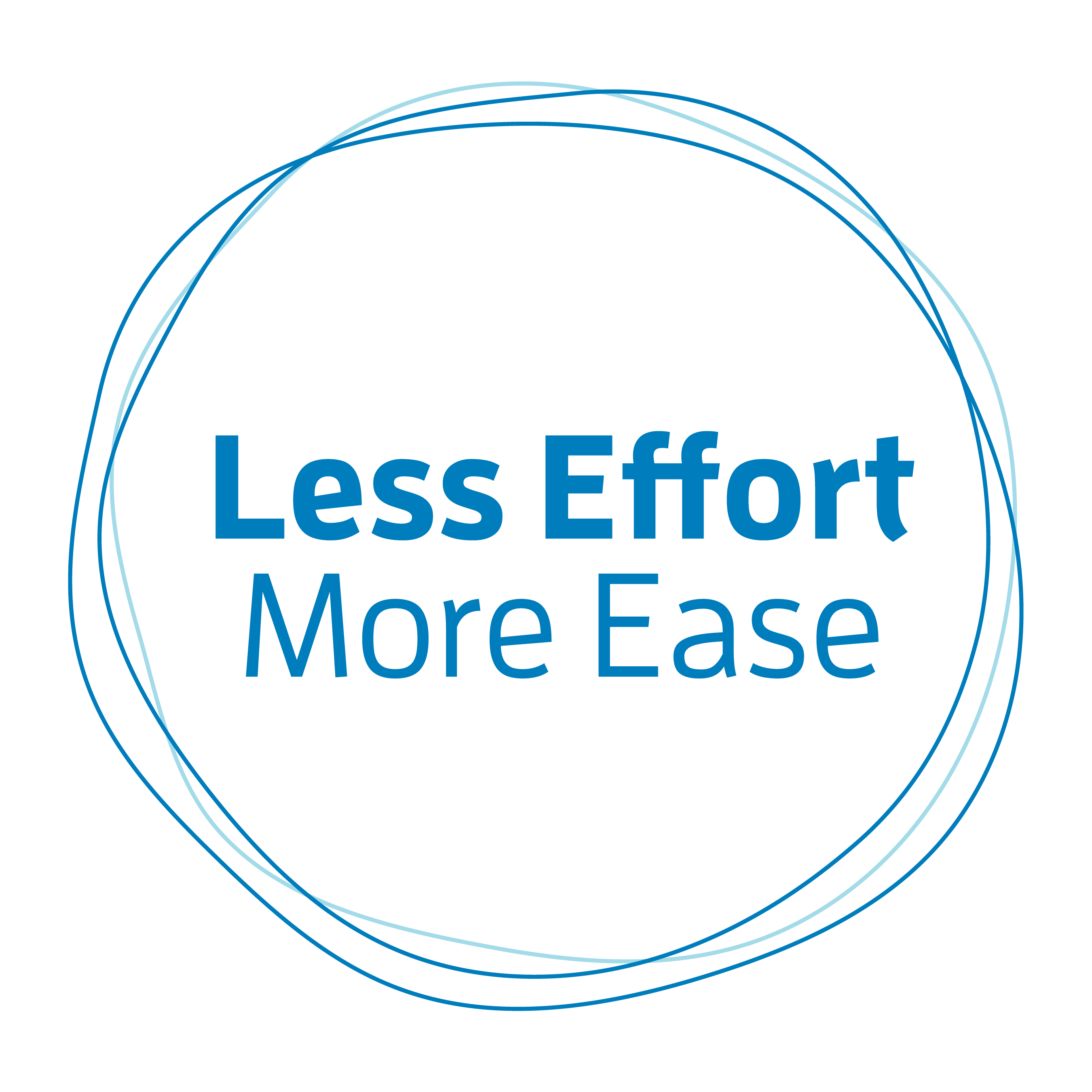I bet you don’t remember enrolling in Posture School—or attending for that matter.
But somehow, over the years, you’ve learned about posture. Most likely to a large extent subconsciously. And what you’ve learned has probably, to a large extent, literally shaped you.
There are several things that can have influenced your posture over a lifetime.
Imitation
Once you’ve begun to be more observant of yourself, go for a visit to your family. And let yourself be shocked when you see some of your postural tendencies reflected back at you in your close family members!
As a young child, you learned a lot of things simply by imitating those around you—both the good and the bad.
If you’ve ever been around young children, you know that all too well—especially with regard to their blossoming verbal skills. Watch what you say around little Ben—because whatever it is—he’ll repeat it a thousand times!
As adults, you and I teach kids by example. If you want to teach them to wait at the intersection for the walk light, you wait at the intersection with them for the walk light. You don’t walk against the light.
It’s the same with other behaviors as well, such as how we sit, stand, and move.
Once you started to go to school, your friends started to influence your posture. You wanted to fit in and so you often adopted postures that were “cool”, whatever that meant at the time.
Just like clothing, what’s fashionable and considered normal in the way we sit, stand, and move changes with the times.
You might imitate people you look up to in the fashion or sports world for example. For the last umpteen years, models and the mannequins in shop windows consistently show a standing posture with the hips thrust forward, putting the whole body out of alignment.
Without anyone to tell you otherwise, how would you know that isn’t a great way to stand around? Might look cool, but your lower back is probably going to pay for it eventually.
Environment
Your body can literally be shaped over time by your environment. In Western culture, if I had to choose the two things that have the most outside influence on your posture they would be the chair and the screen.
In Western culture, we sit an awful lot. So furniture, and in particular the surface you place your bottom on—the seat of a chair—can have a lot of impact on you.
Seats that slope backward (the seat is higher in the front than in the back) seem ubiquitous nowadays, inviting the pelvis to roll backward, pulling the whole spine with it into a c-shaped collapse that is challenging for anyone to get out of.
Even baby strollers, the cloth kind that folds up easily, are shaped like a sling inviting young bodies to learn this c-shaped sitting position from a very young age.
Your vision is probably the most influential of all your senses on your posture. Your body tends to follow your attention. And your attention tends to be mostly on what you are looking at.
Your anatomy is simply not designed to be looking down at things that are flat on a table—whether that is a book, a newspaper, a tablet computer, or a smartphone.
Constantly sacrificing the primary relationship in your body (the head-spine relationship) by forcing yourself to adapt to where you have placed things you are looking at, instead of adjusting those things by bringing them up and angling them towards you over time has repercussions.
Medical professionals are seeing this in younger and younger patients. So much so that they are labeling it as text-neck.
Stress
One way you typically experience stress is an over-tightening of your muscles. Very often in the upper back, neck, and shoulder area. If you’re constantly under a lot of stress, this excess muscular tension can get locked in and pull you out of shape.
Eventually, it just feels normal.
Your relationship to time is probably where a lot of (but certainly not all) your stress comes from. Time itself is not stressful but how you relate to it on a consistent basis—your mindset about it—can create stress.
Habitually telling yourself “I don’t have time”, “I’m short on time”, or “I’m running out of time” creates stress for yourself. You can learn to change that self-talk to less stressful phrases like “I have time” or “I’ve got time to do what I am doing at this moment”.
Your body will react differently depending on your self-talk. Your mindset does affect your muscles. And your muscles do affect your posture.
***
Of course, there are other things that can have influenced your posture over time. Conditions you were born with or accidents and injuries that you’ve incurred can influence your posture.
I’ve chosen to write about the three areas of imitation, environment, and stress because they’re all areas, that with a bit of training Alexander Technique lessons offer, can be consciously attended to so they don’t continue to influence you in counter-productive ways.
Even bringing small amounts of awareness to these areas, in order to make conscious and healthier choices, can have a profound effect on your posture over time.
You are never too old or too out of shape to learn and change.
Image by Brigitte Werner from Pixabay




